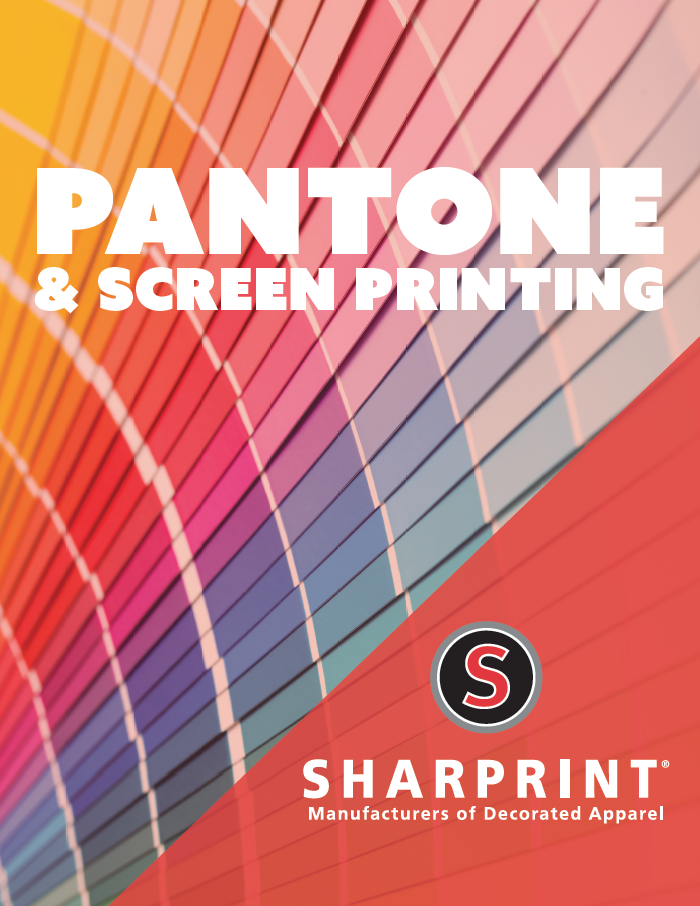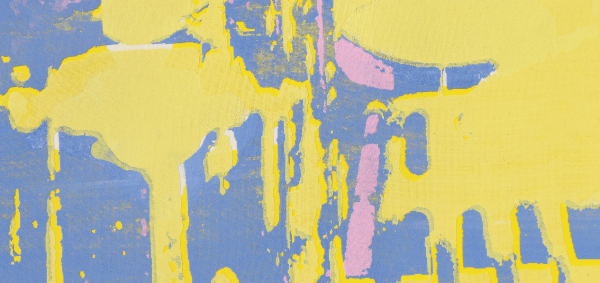
Soft-Hand Printing
Retail inspired designs are calling for softer and softer printing. Current ink technology makes this a breeze on white or light garments with the use of fashion soft base additives and water-based inks. Distressed and/or vintage prints are more authentic when printed with soft inks and high mesh counts.
Achieving soft prints on dark garments is not as straight forward, so when requesting a soft hand print on darks be sure to have a conversation with your decorator so you know just what to expect. Below is a breakdown of the different inks we use and a little bit about each one.
Fashion Soft or Chino
Softness & Detail
Just as soft as water-based inks. You can’t feel any ink after one washing! These base additives are the plastisol answer to soft hand printing.
Inks mixed with soft-hand additives are able to hold the same amount of detail as their standard pantone counterparts.
Printability & Opacity
Since the ink is still plastisol, these are ideal for printing soft-hand in the majority of screen print shops.
Pantone colors mixed with a soft hand base are more transparent than regular plastisol formula colors. They tend to have a washed out look when printed over white underbases. For this reason they are not recommended for use on dark garments, but are really geared for white and light colors of shirts. Soft hand bases are not visible on dark garments.
Pantone Matching
Because the inks are more translucent once the base is mixed in, the pantone colors may not print exactly, though close.
Water Based
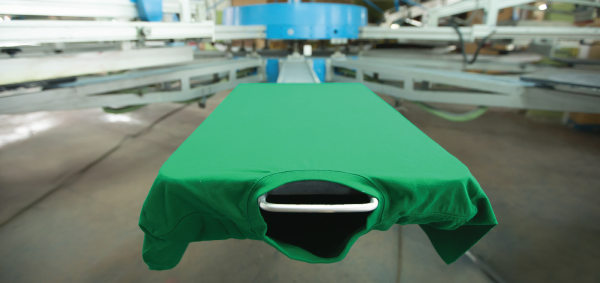
Detail
This ink has a tendency to dry in small design areas, so there is a bit of loss in any detail area or fine halftone.
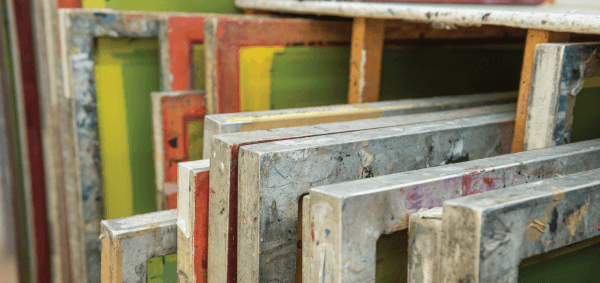
Printability
The curing time is slower and the ink has a tendency to dry at the edges of the stencils. More manpower is needed on press to maintain consistency in print. Expect a higher rate of spoilage.

Opacity
This ink is more transparent than regular plastisol and does not print well on white underbases, nor do they appear on dark garments. Stick to water-based ink on white or light colors.
Discharge
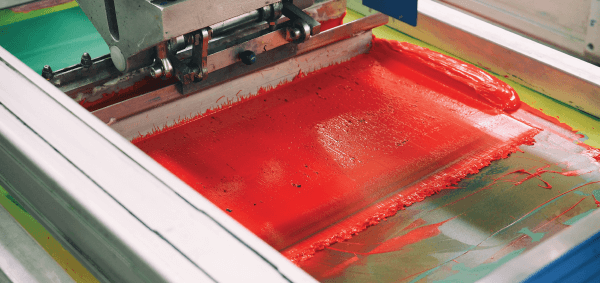
Softness
Discharge ink is the water-based ink for dark garments. It is considerably softer than any plastisol print requiring an underbase. Discharge ink utilizes an activator that bleaches the dye out of the t-shirt and deposits the pigment of the ink.

Printability
The curing time is slower and the ink has a tendency to dry at the edges of the stencils. More manpower is needed on press to maintain consistency in print. Expect a higher rate of spoilage. Rich colors such as red, turquoise, purple, and royal discharge very unpredictably. The inks are often contaminated by the dye in the shirt. Black garments also discharge very unpredictably.

Opacity
Discharge colors can appear quite vibrant, although this ink has a look that differs from plastisol. Be sure to discuss the variables that affect the final print with your customer service rep.
Pantone & Textile Screen Printing
Pantone colors are the universal language for communicating specific colors right down to the shade. This language overcomes distances and computer monitors with different calibrations.
This guide is meant to give you an understanding of how screen printing inks relate to Pantone® colors. Fill out the form to the right and download your free guide today!
